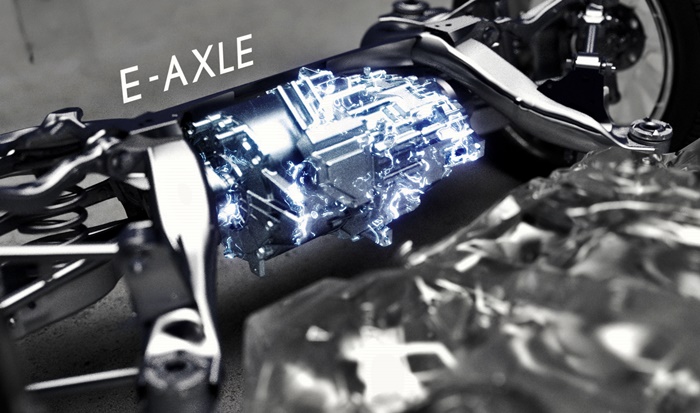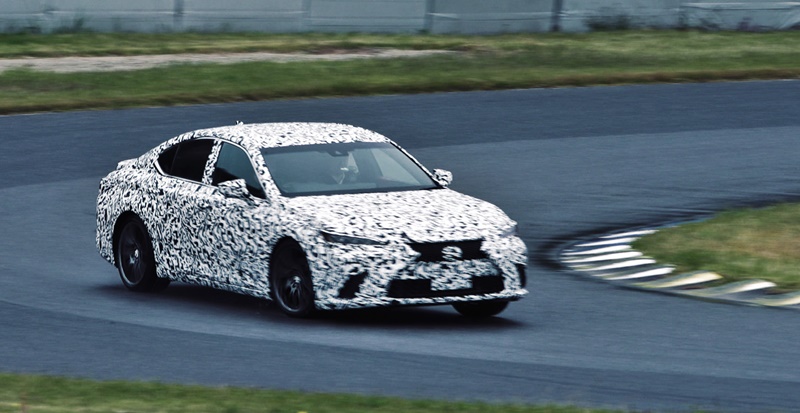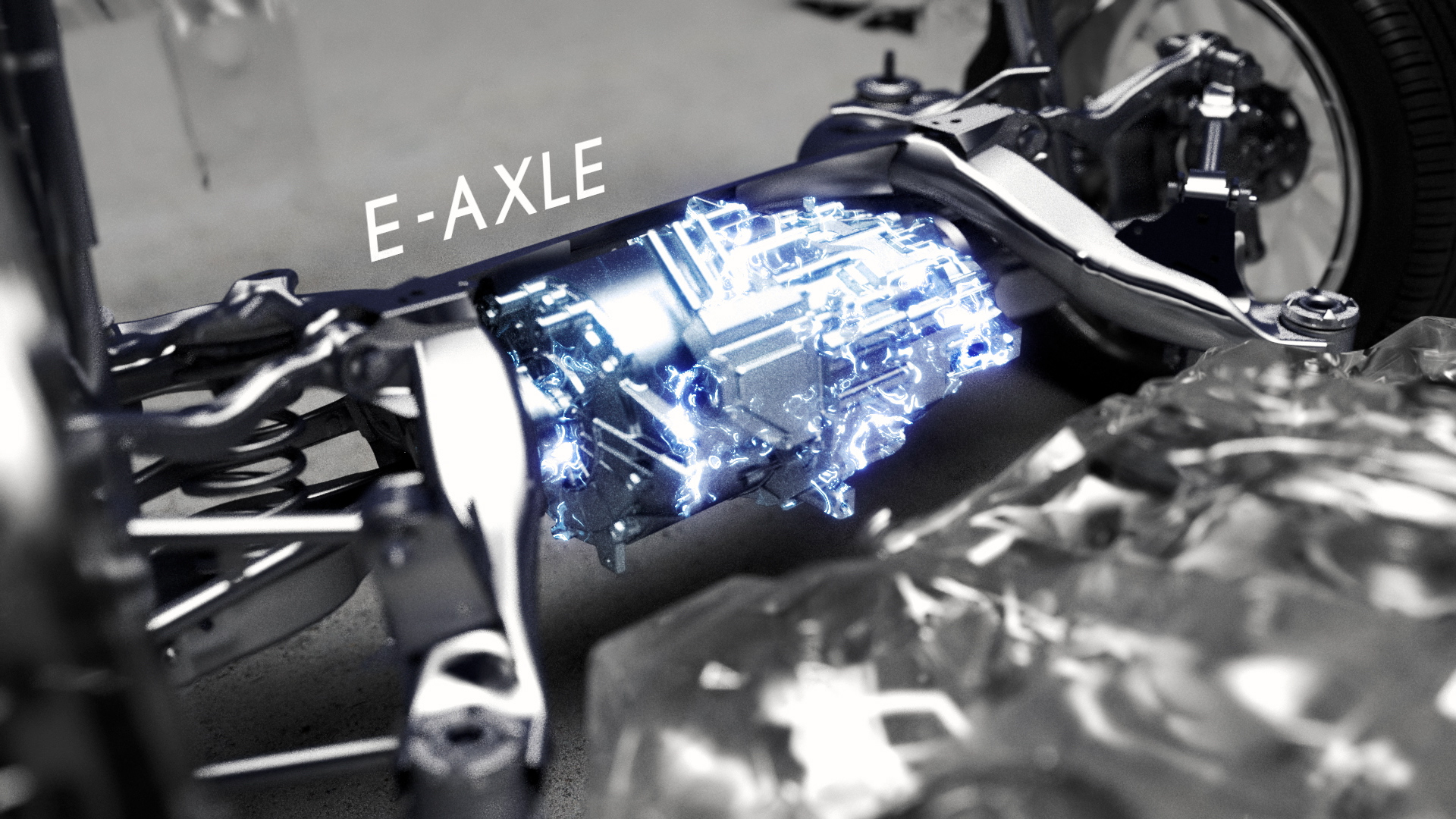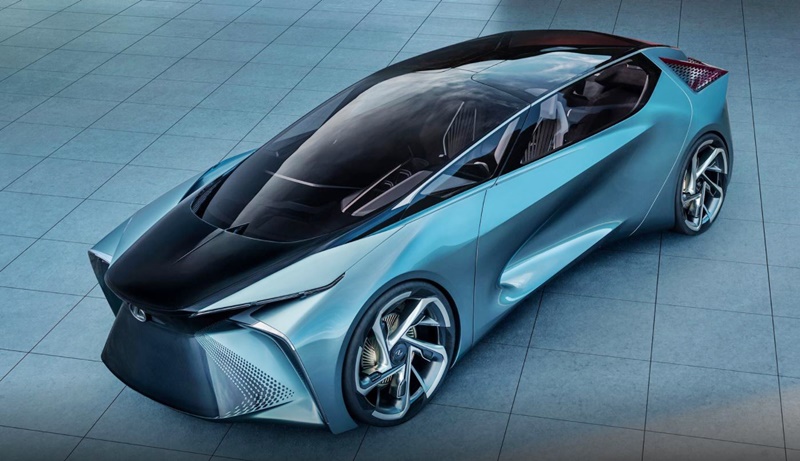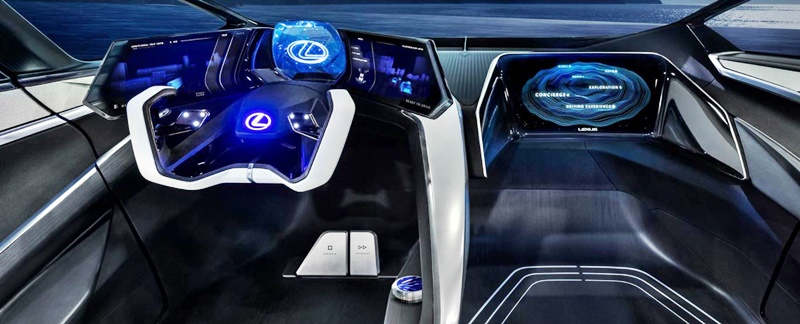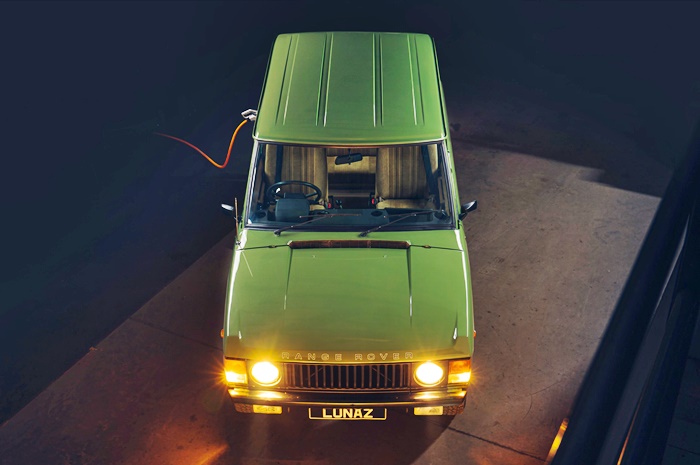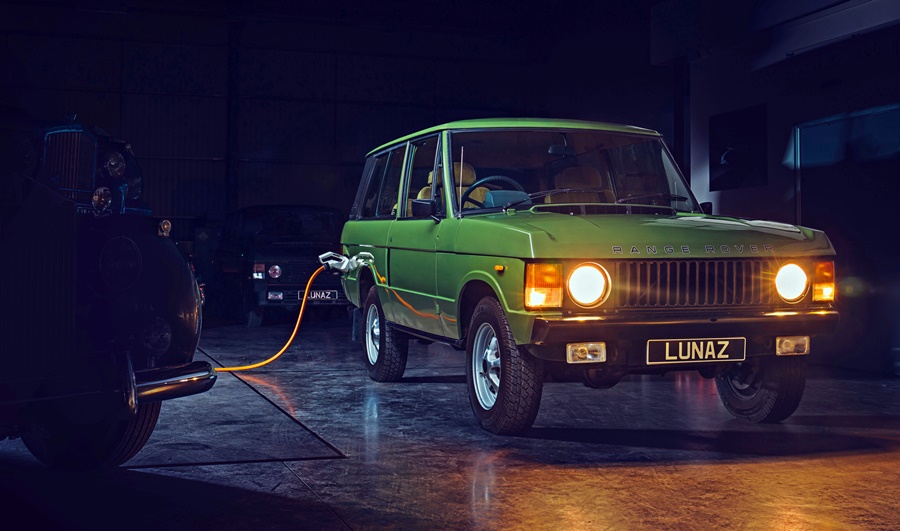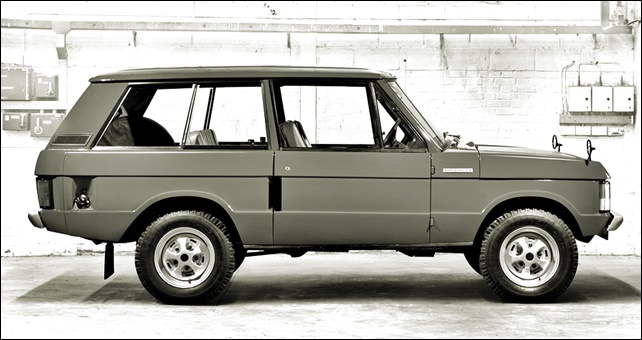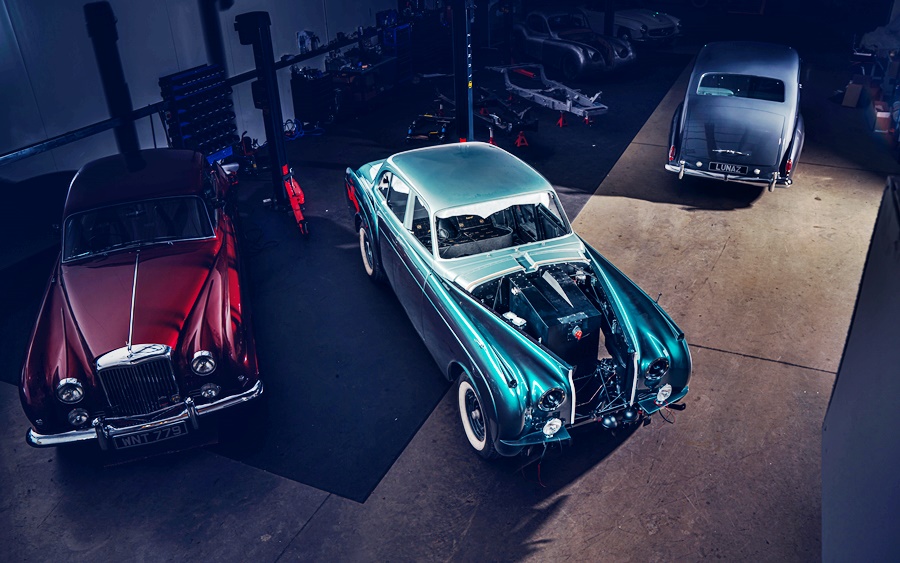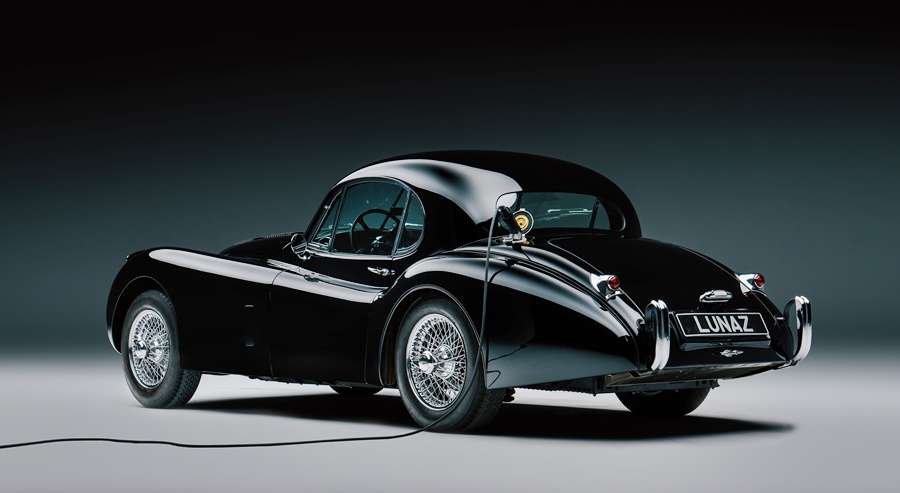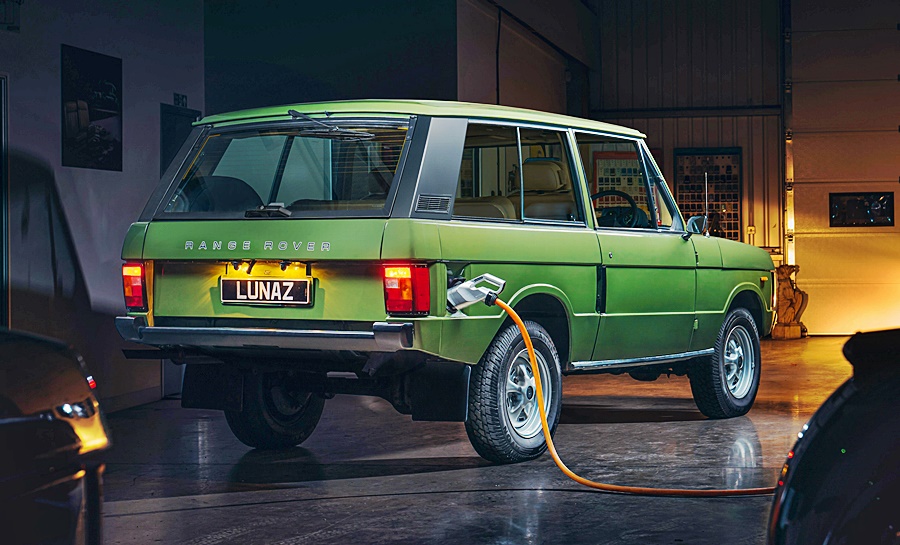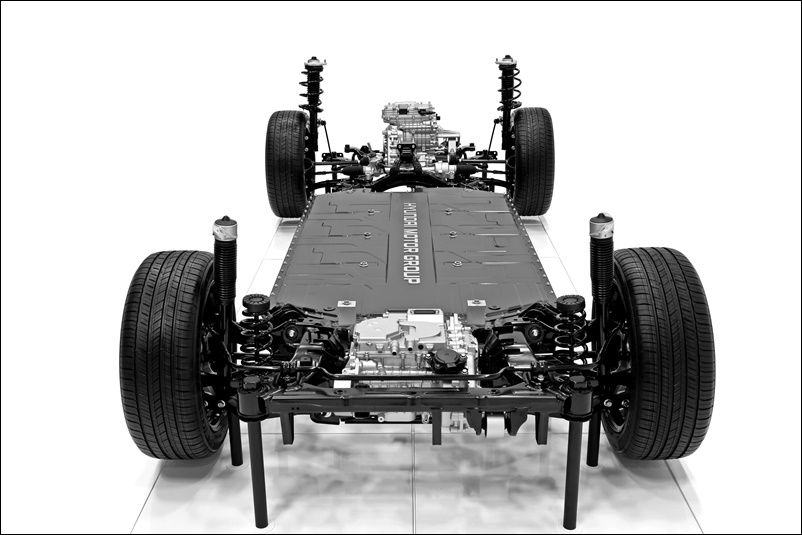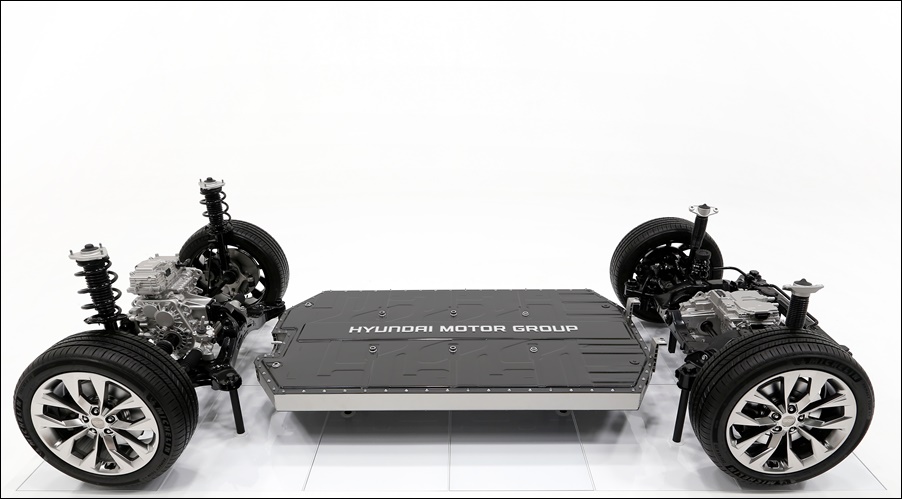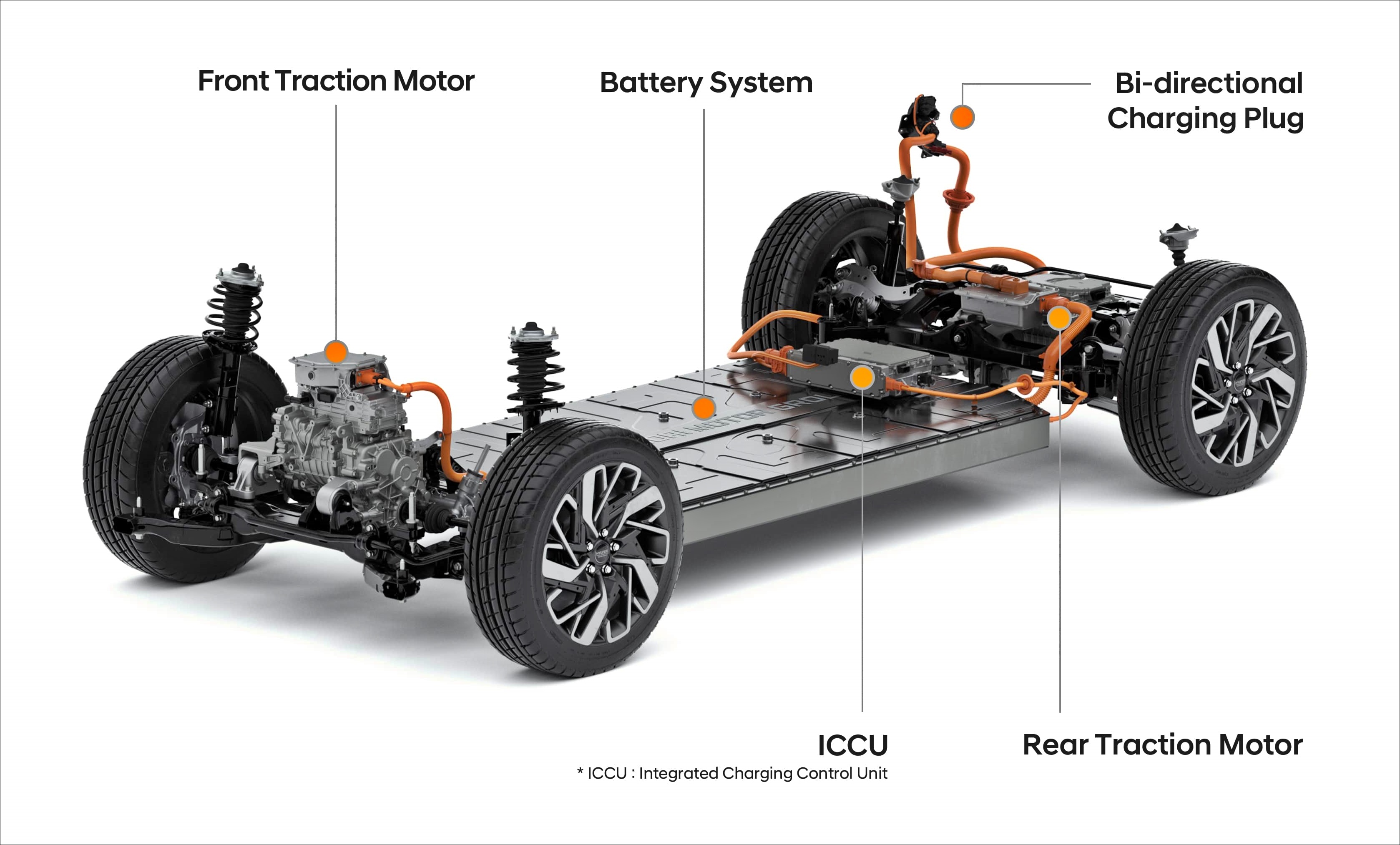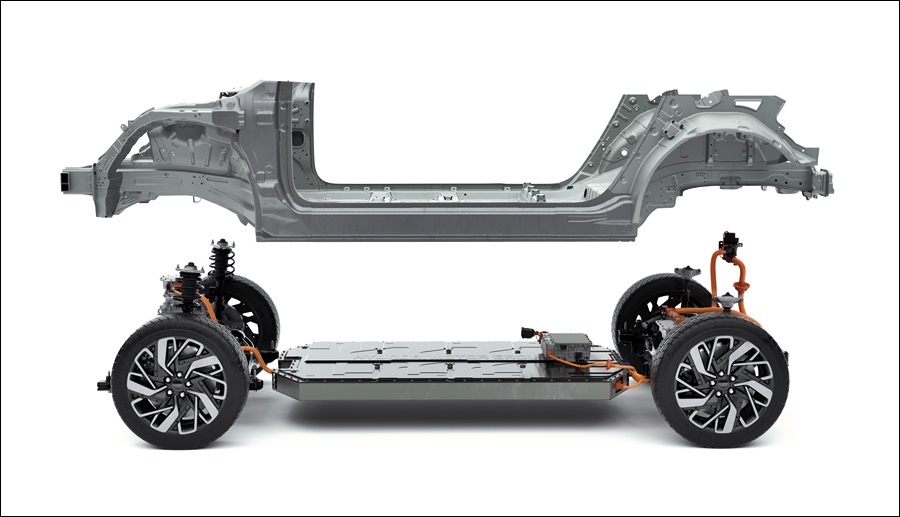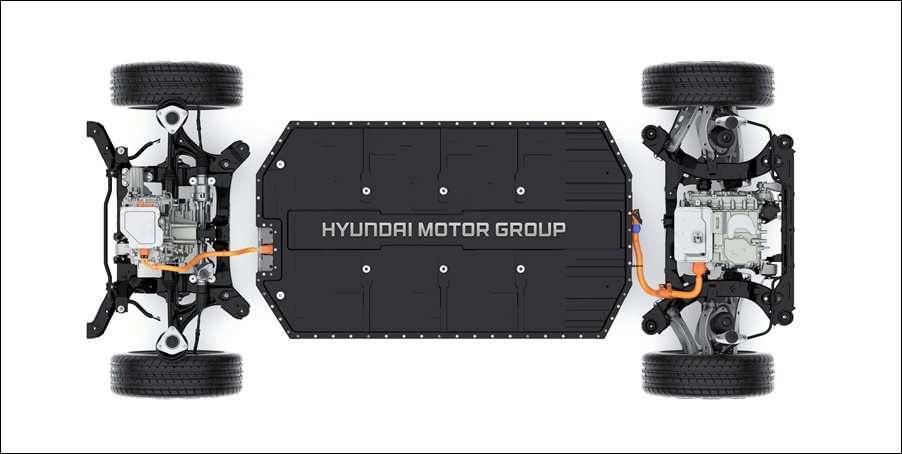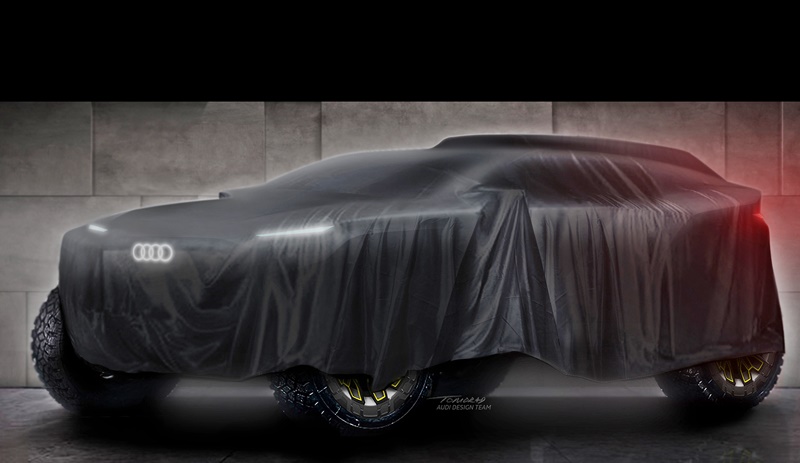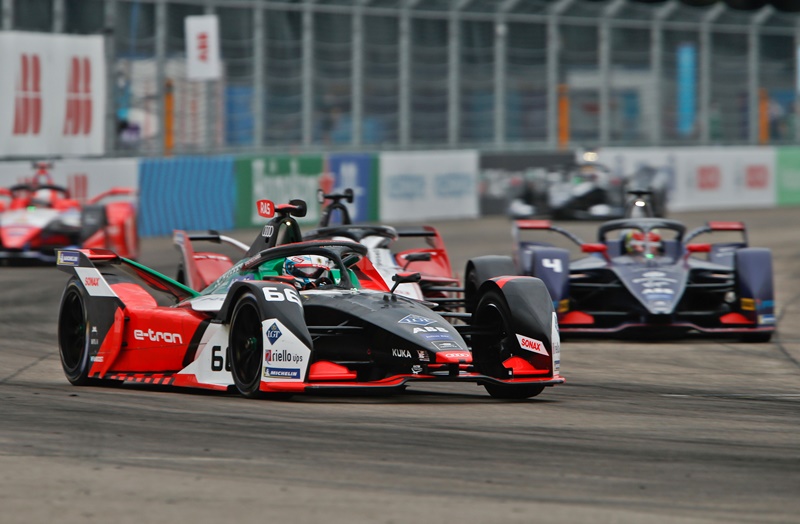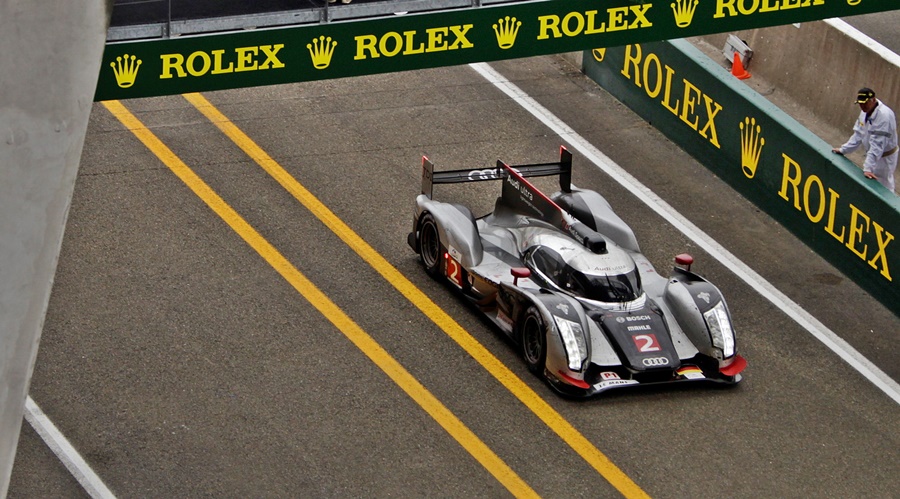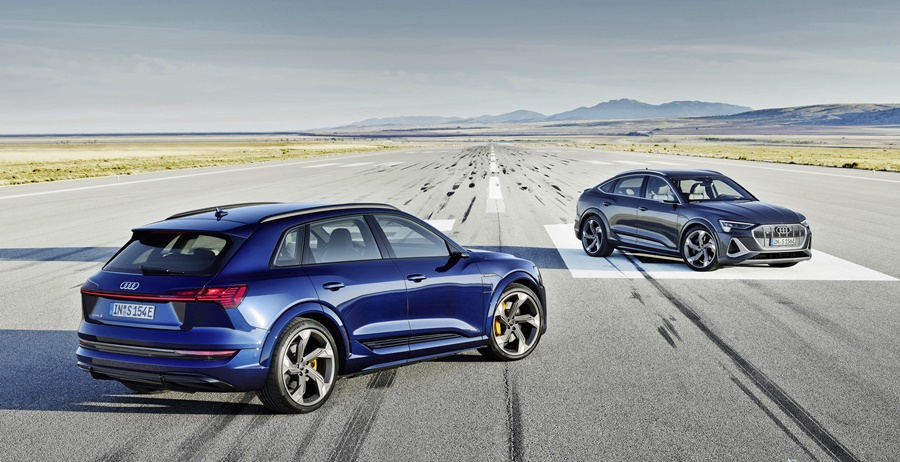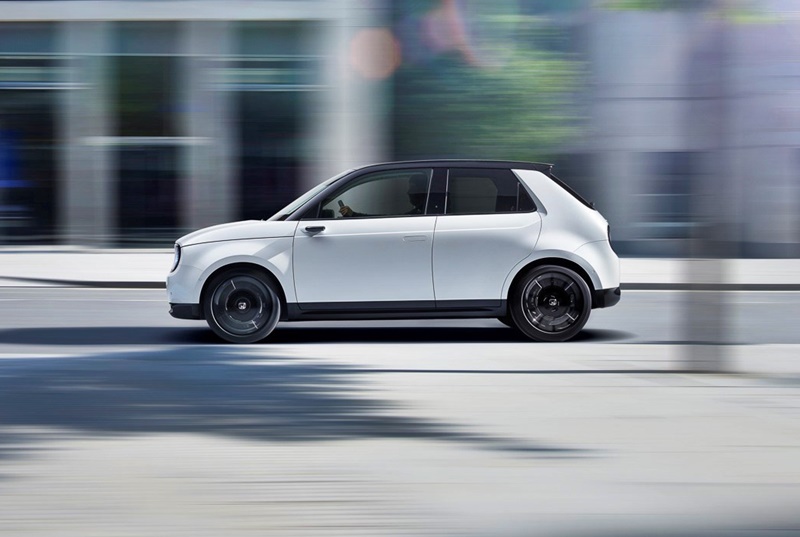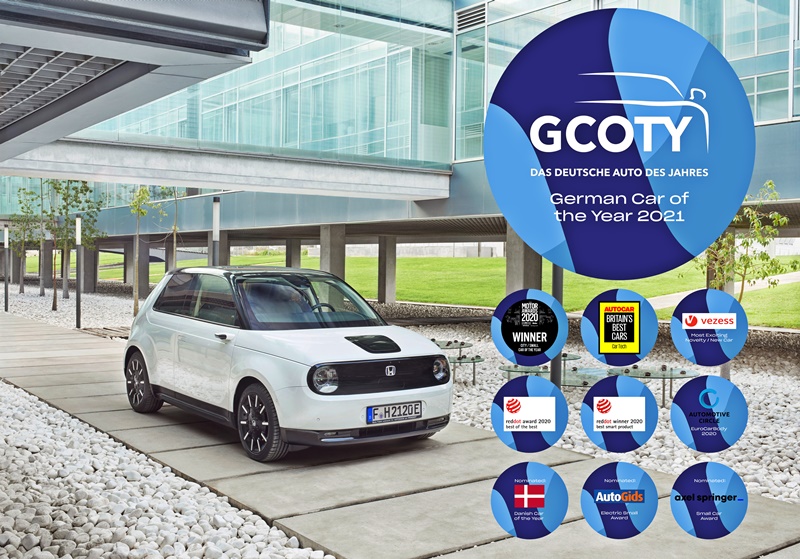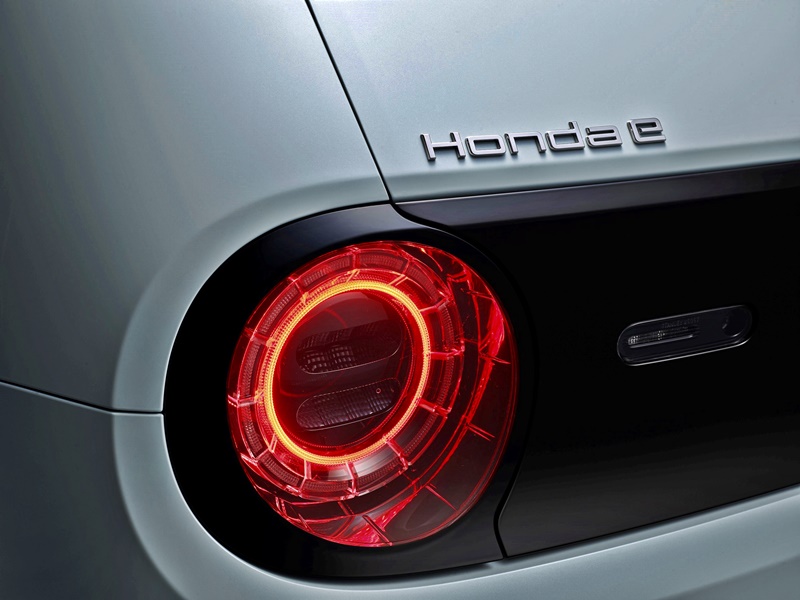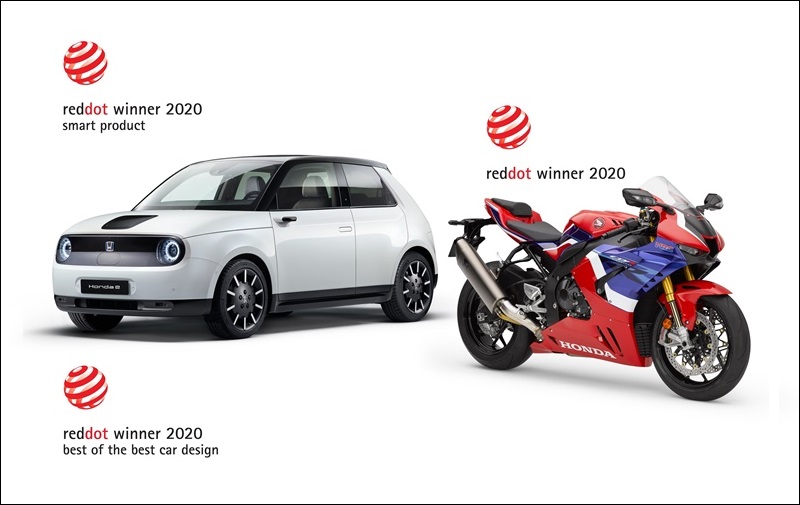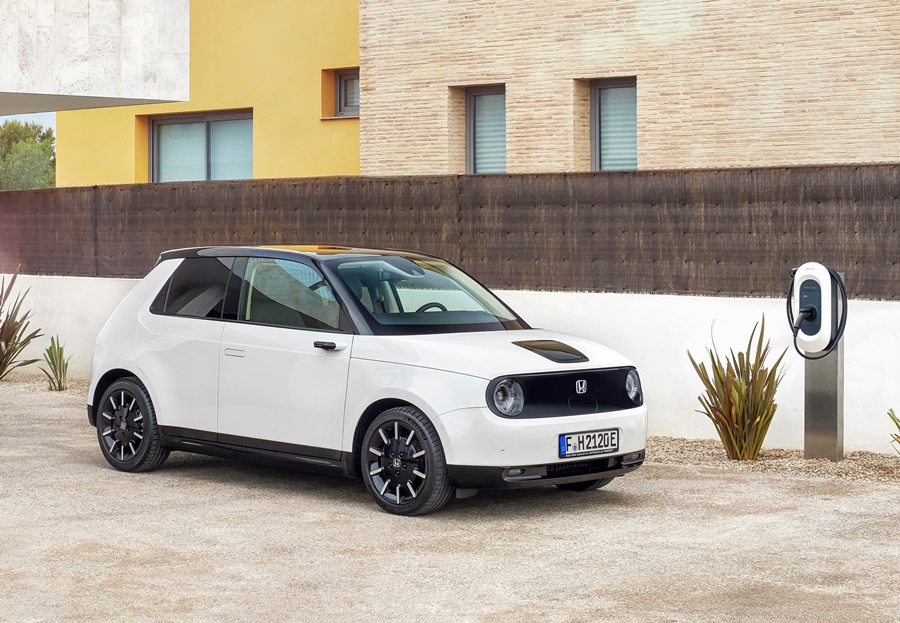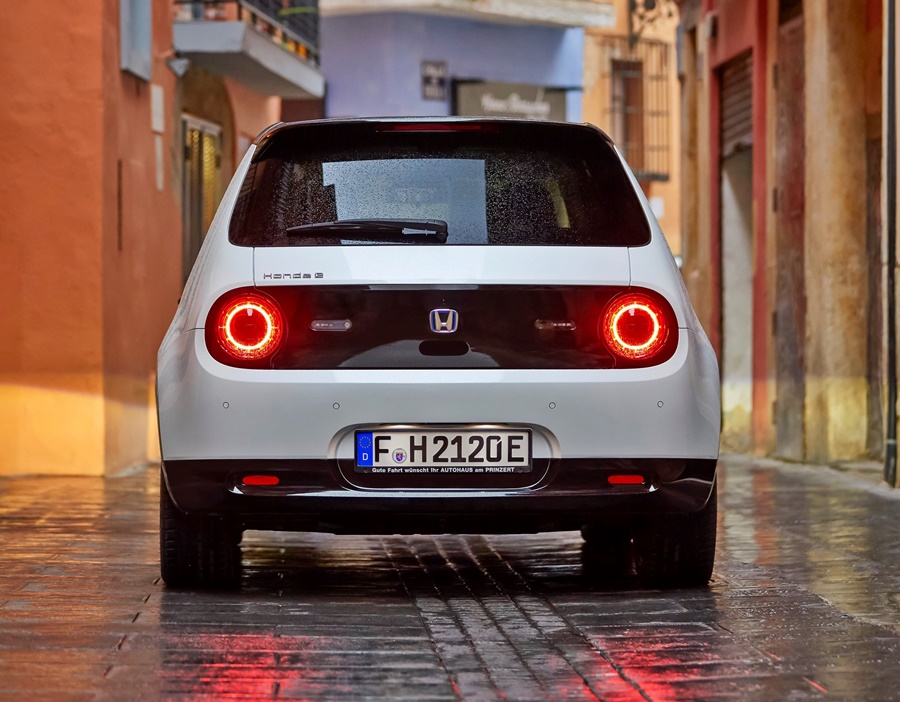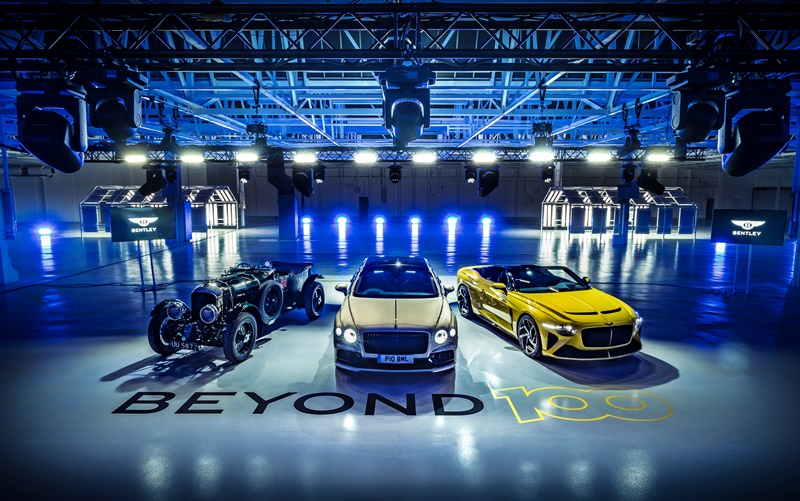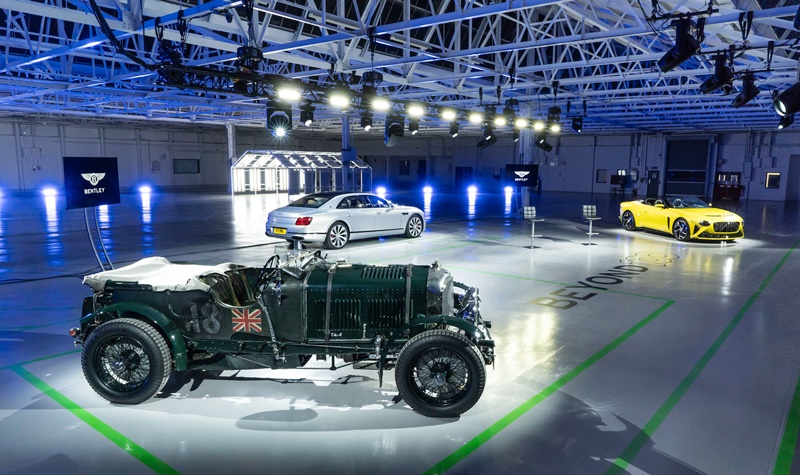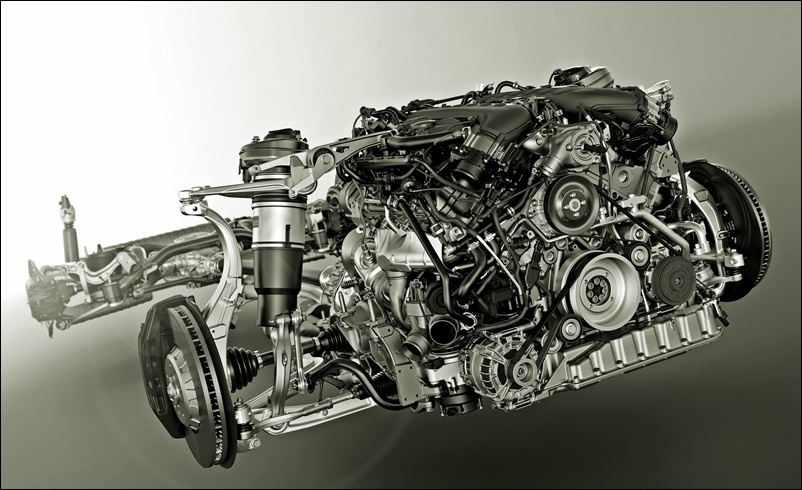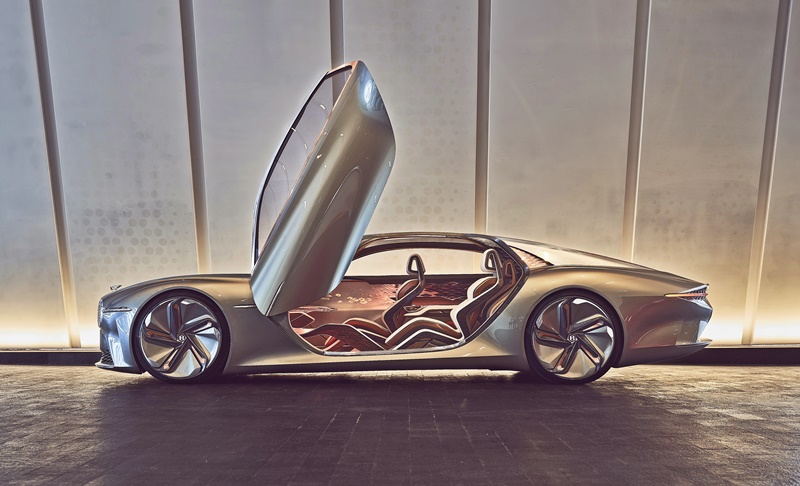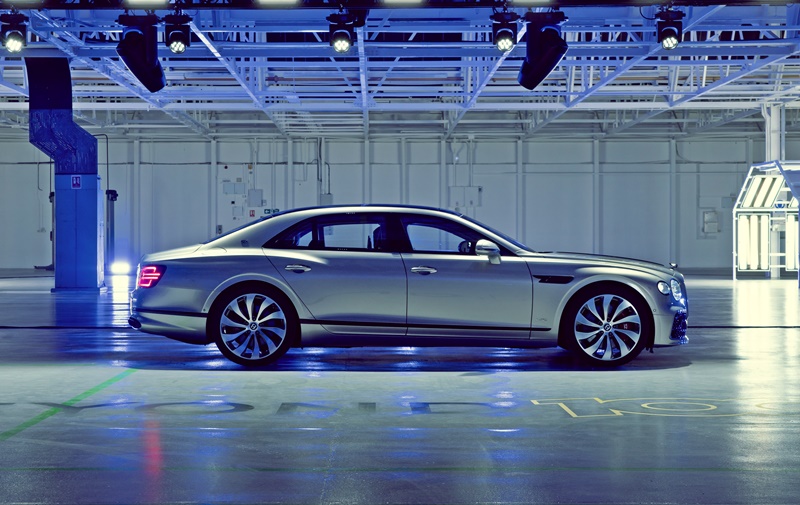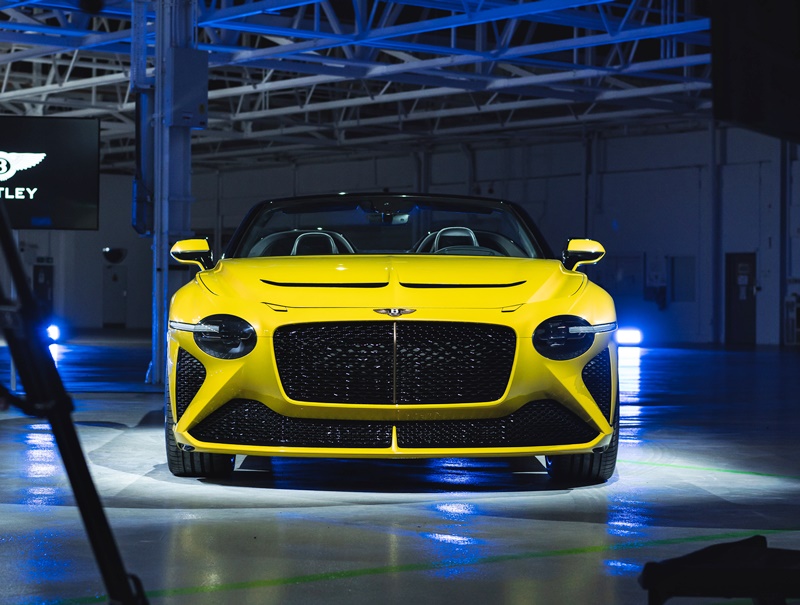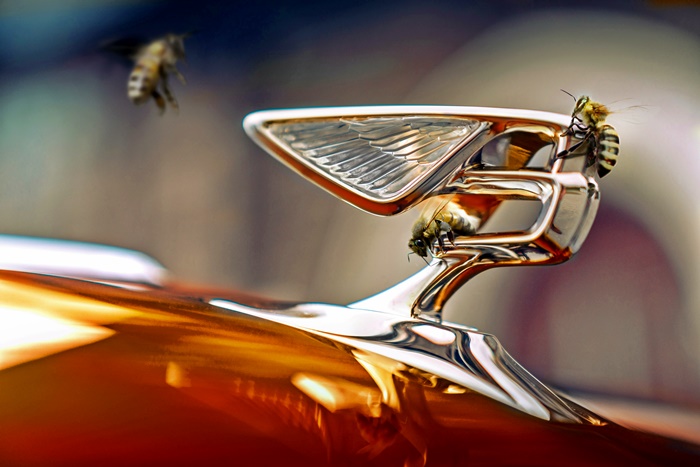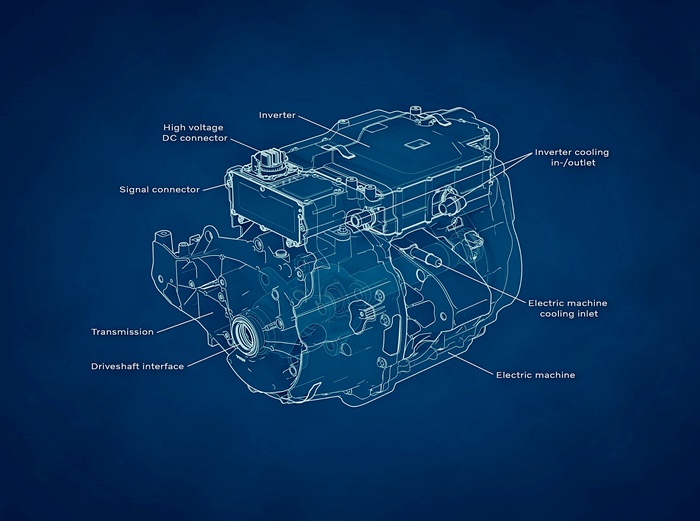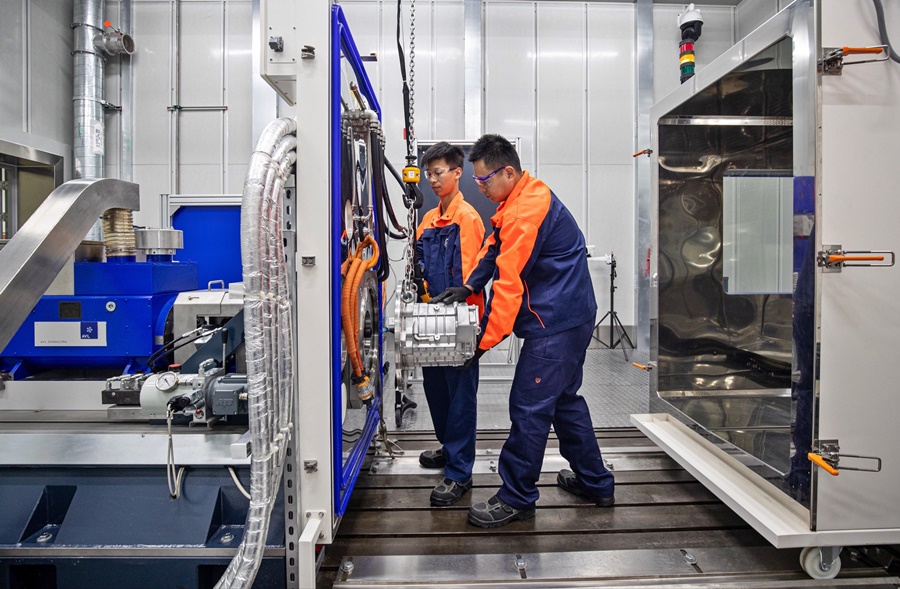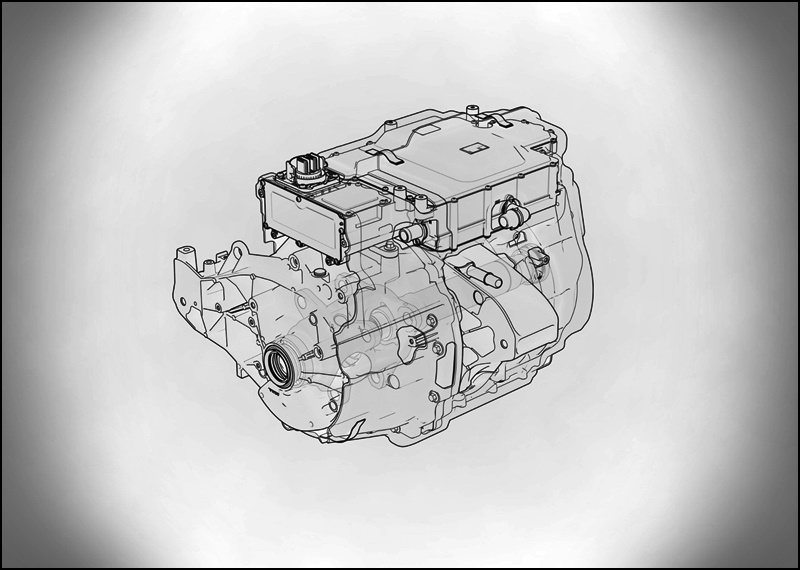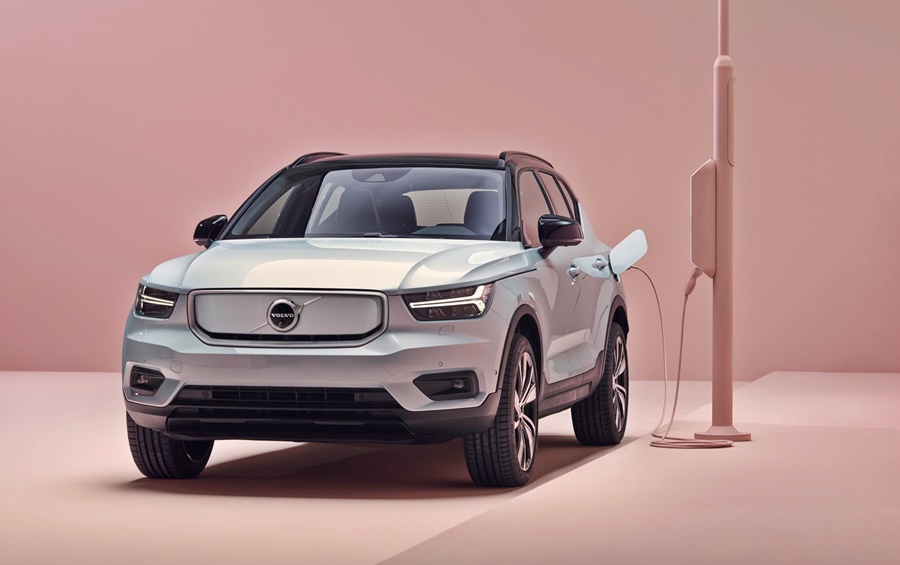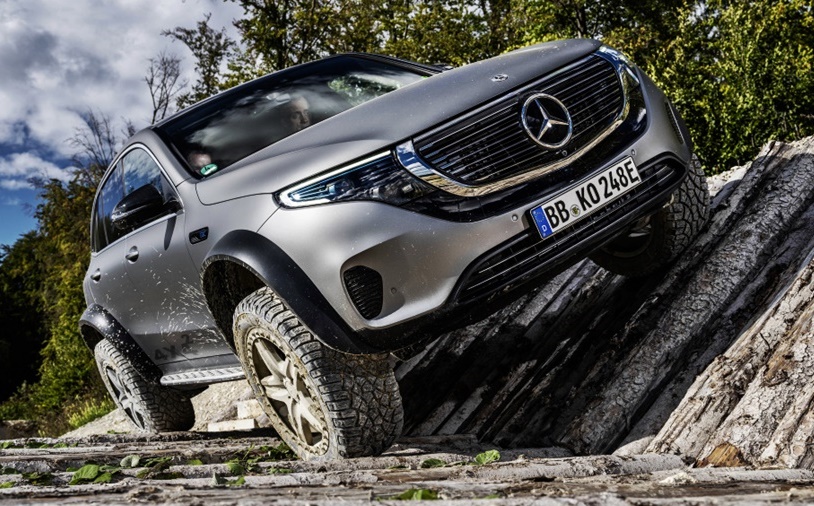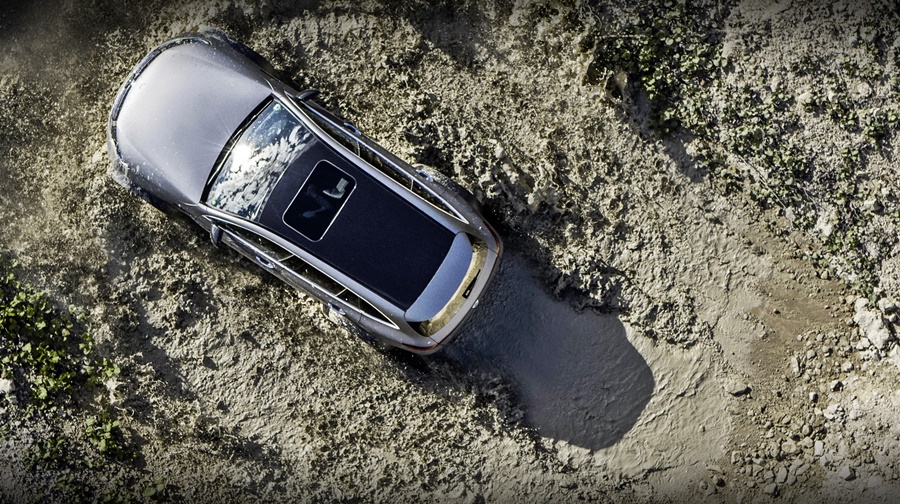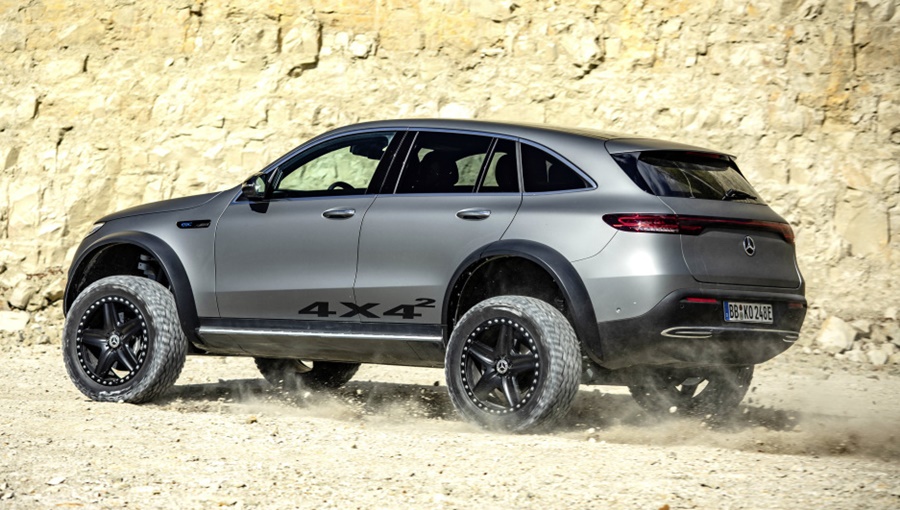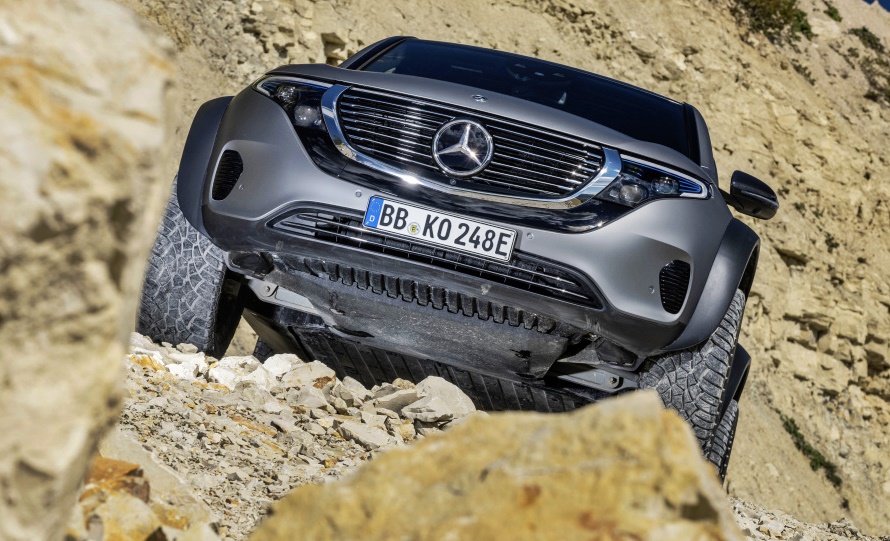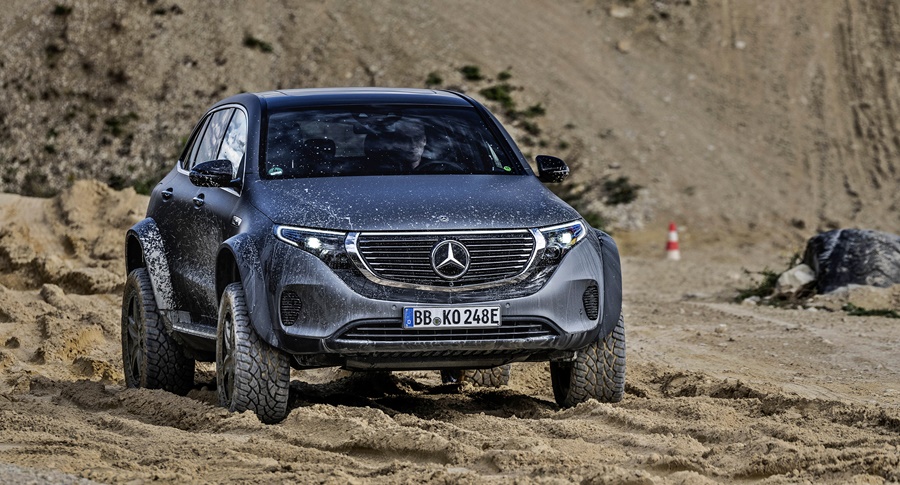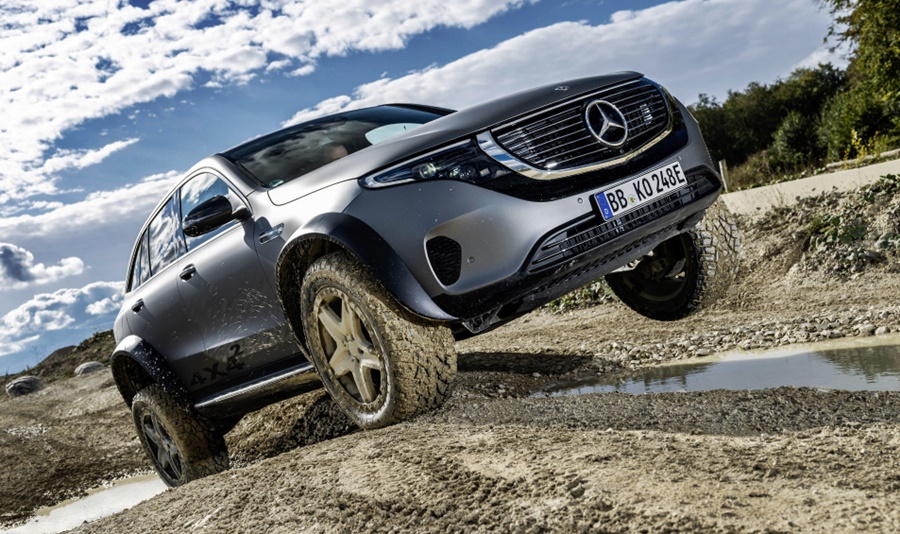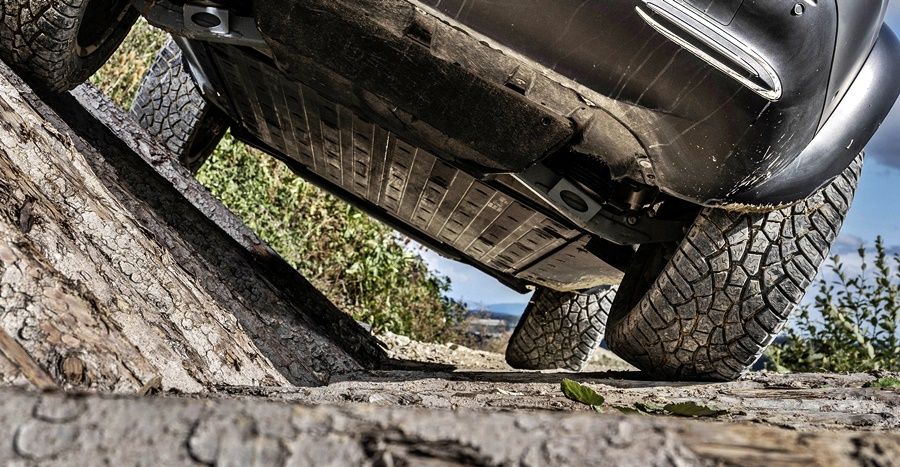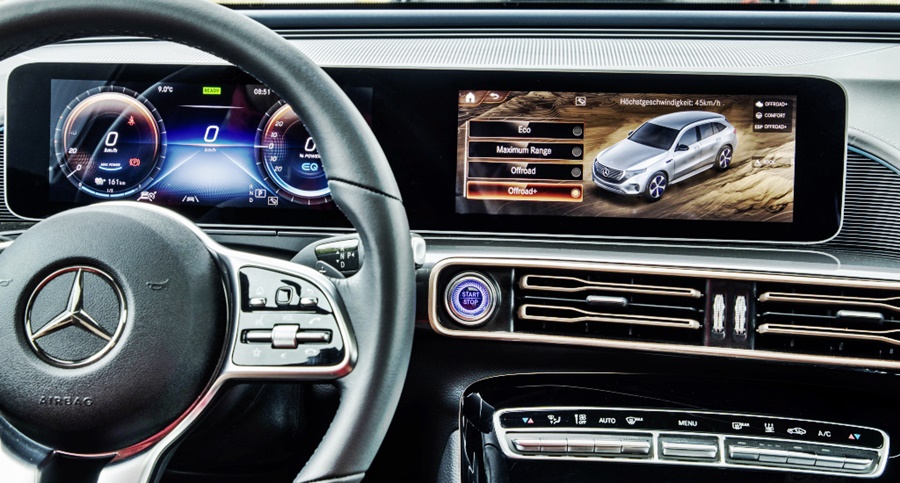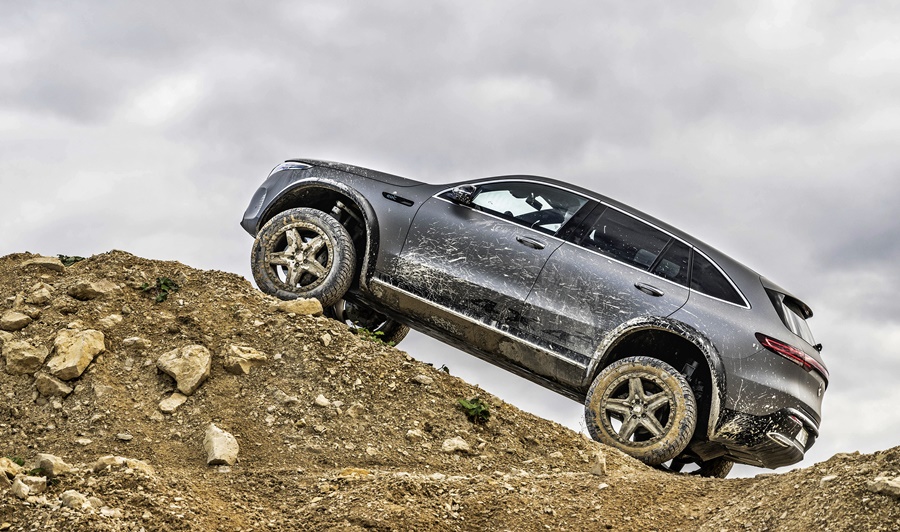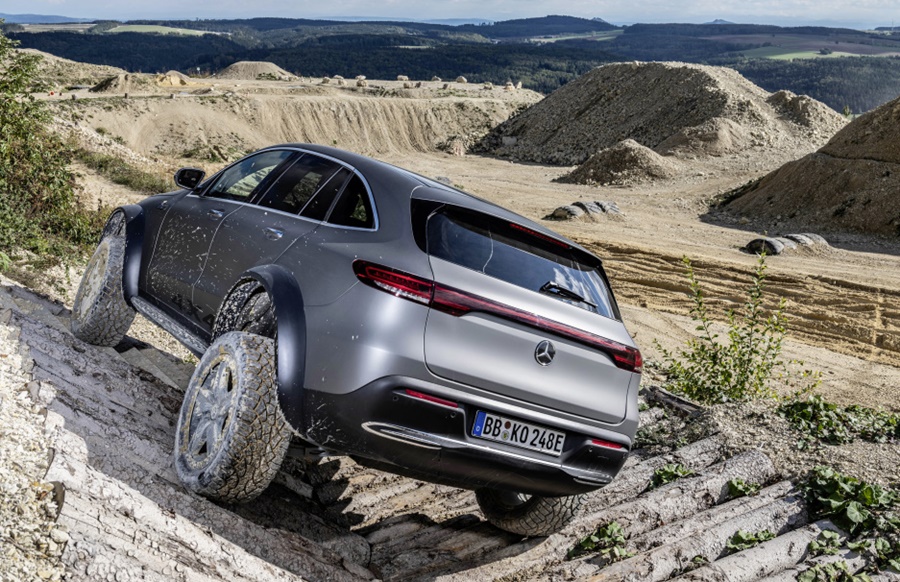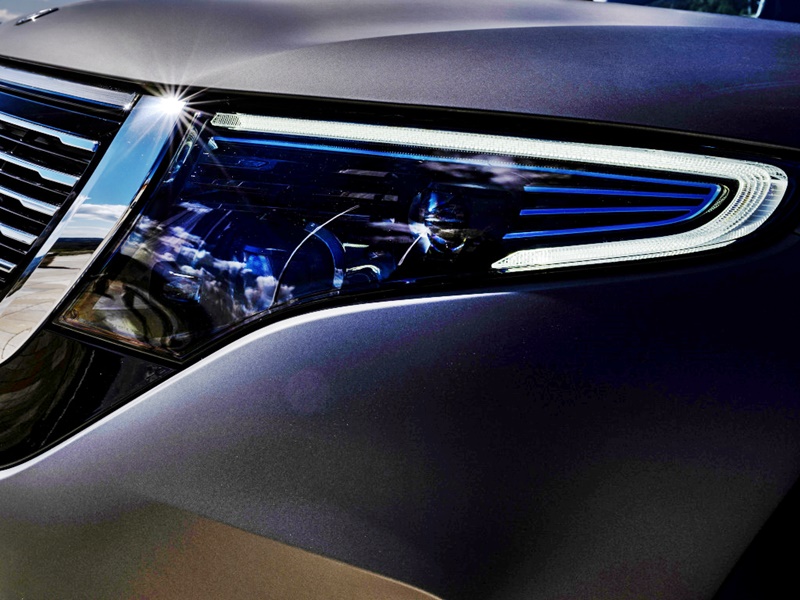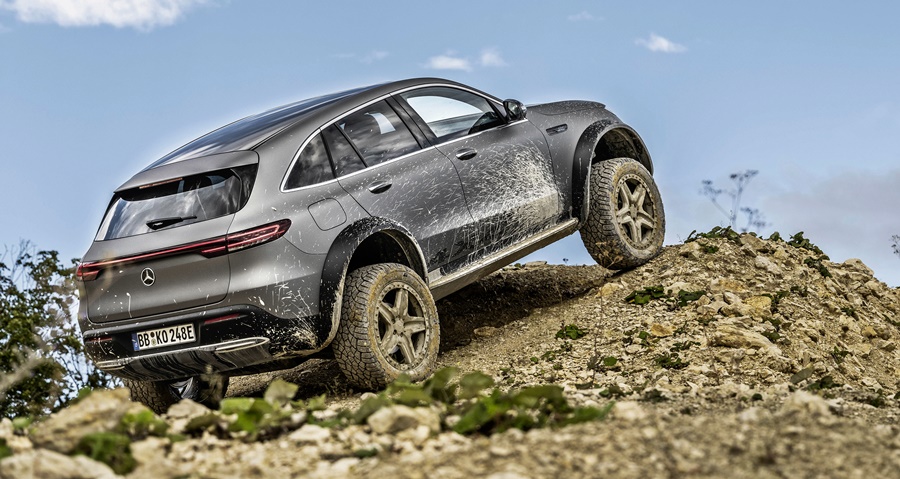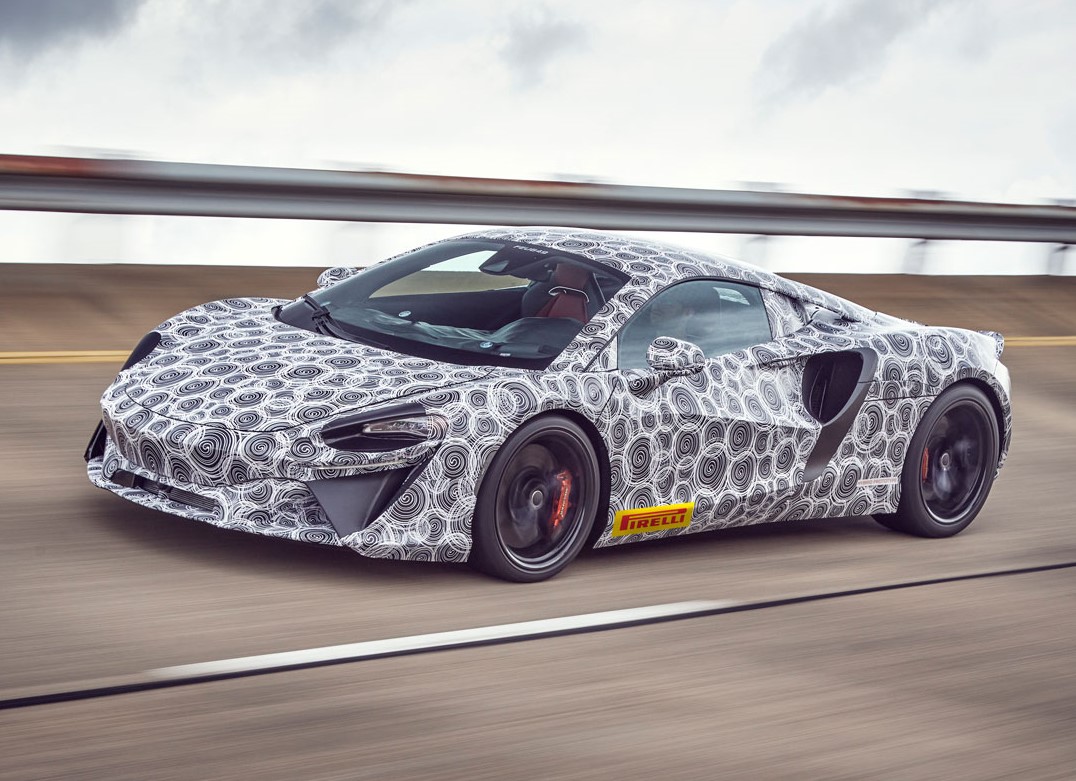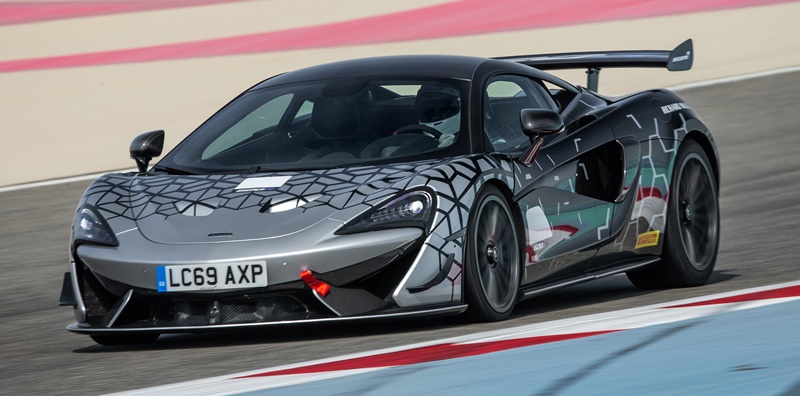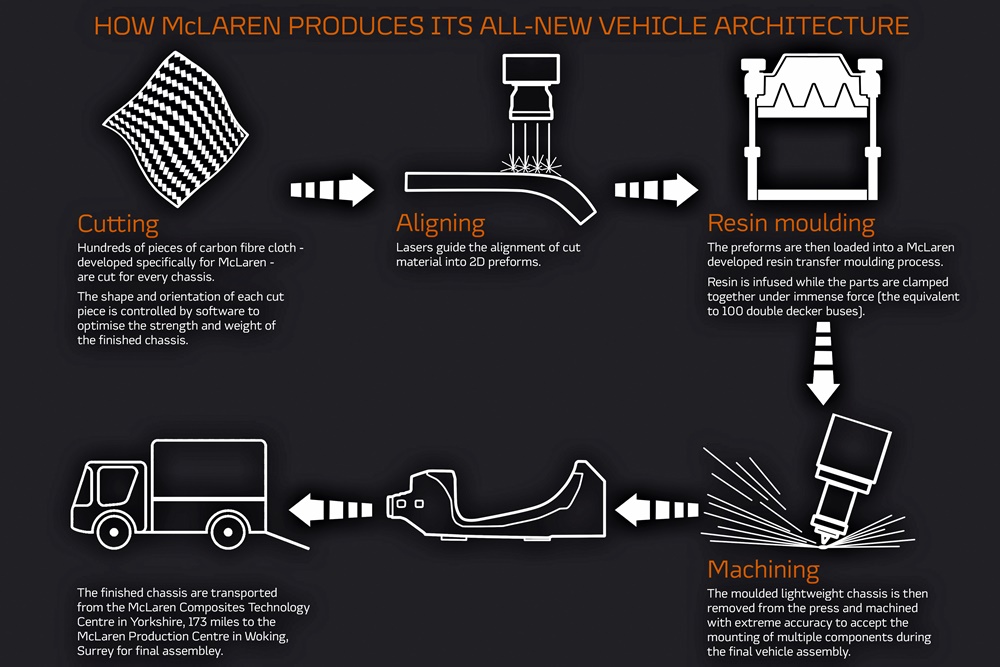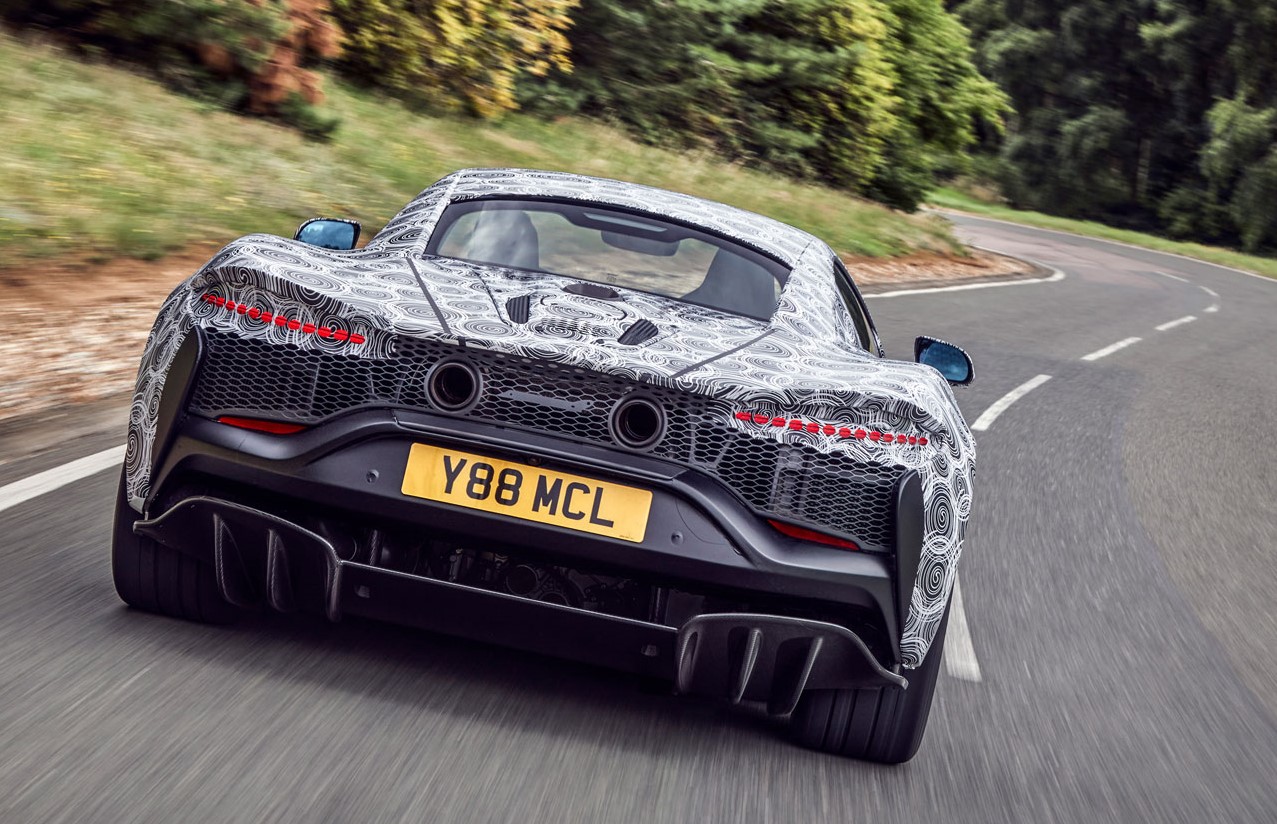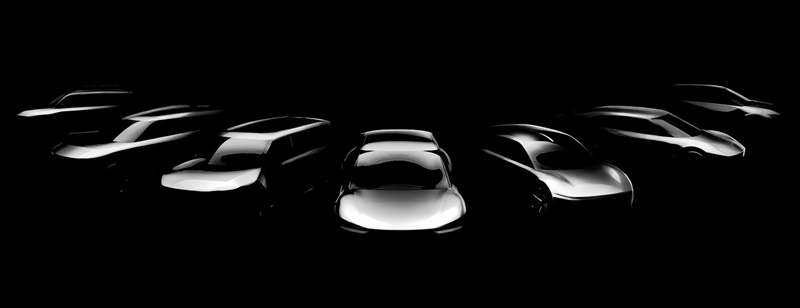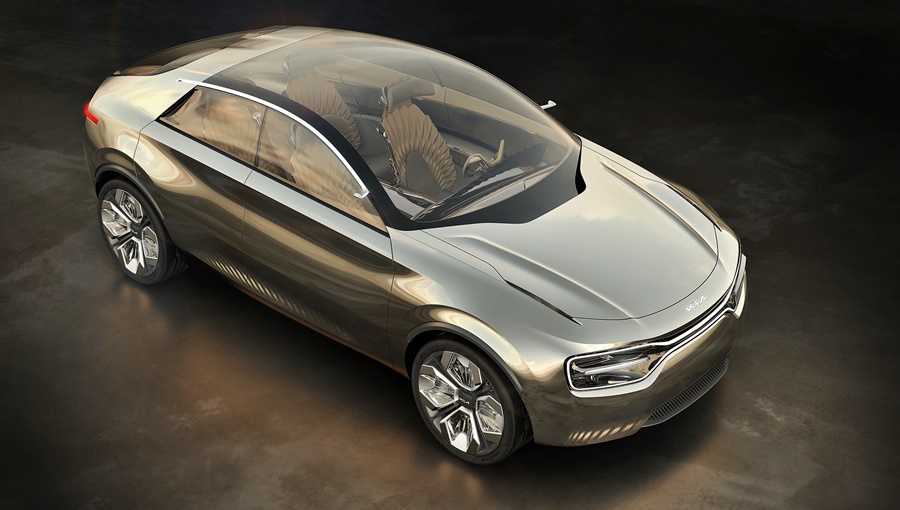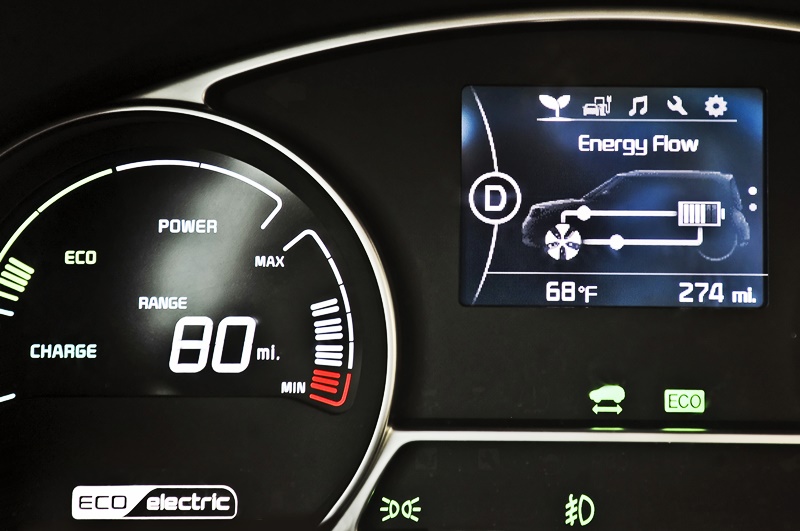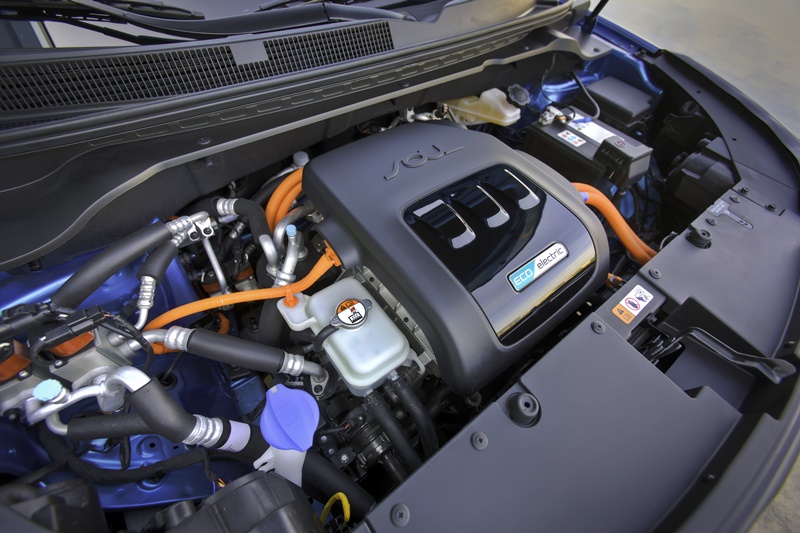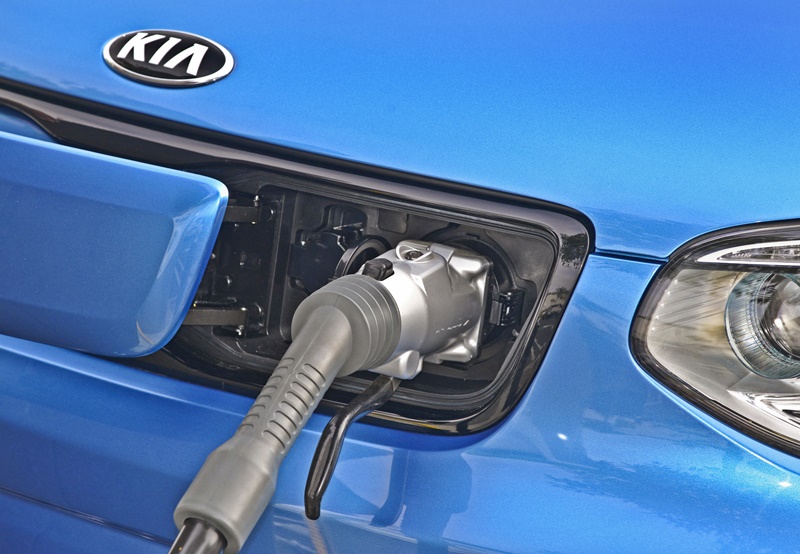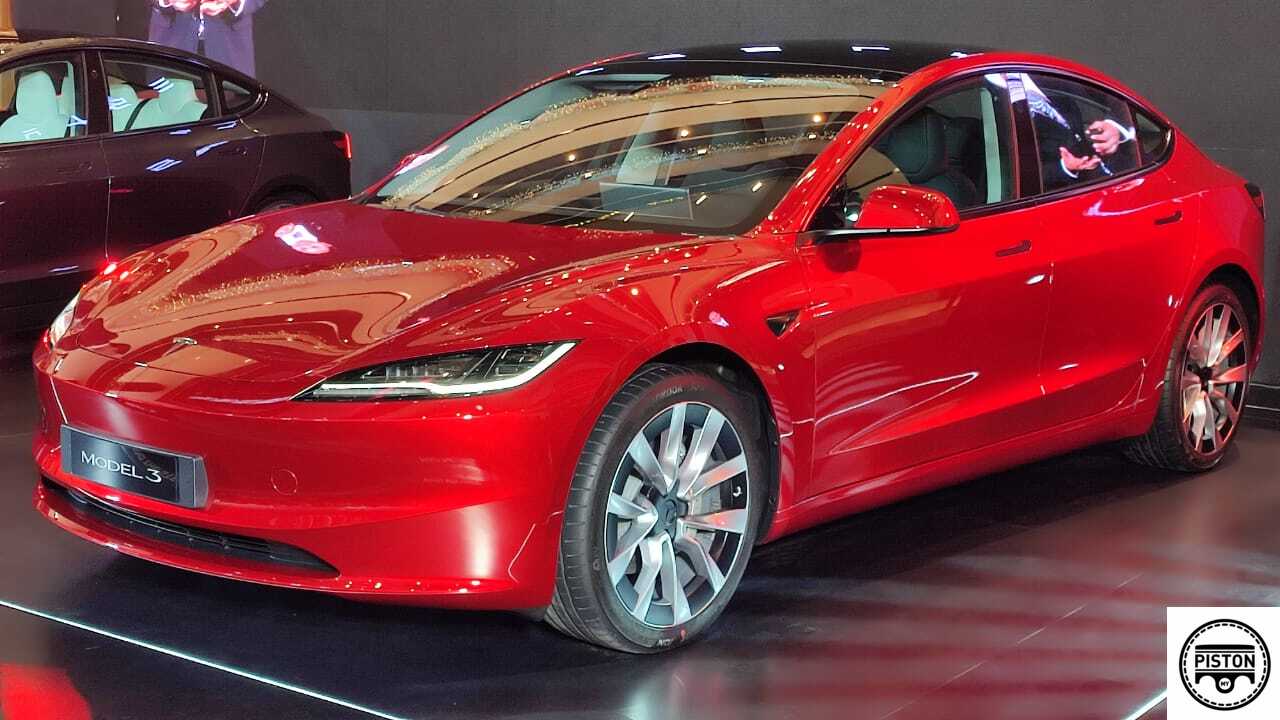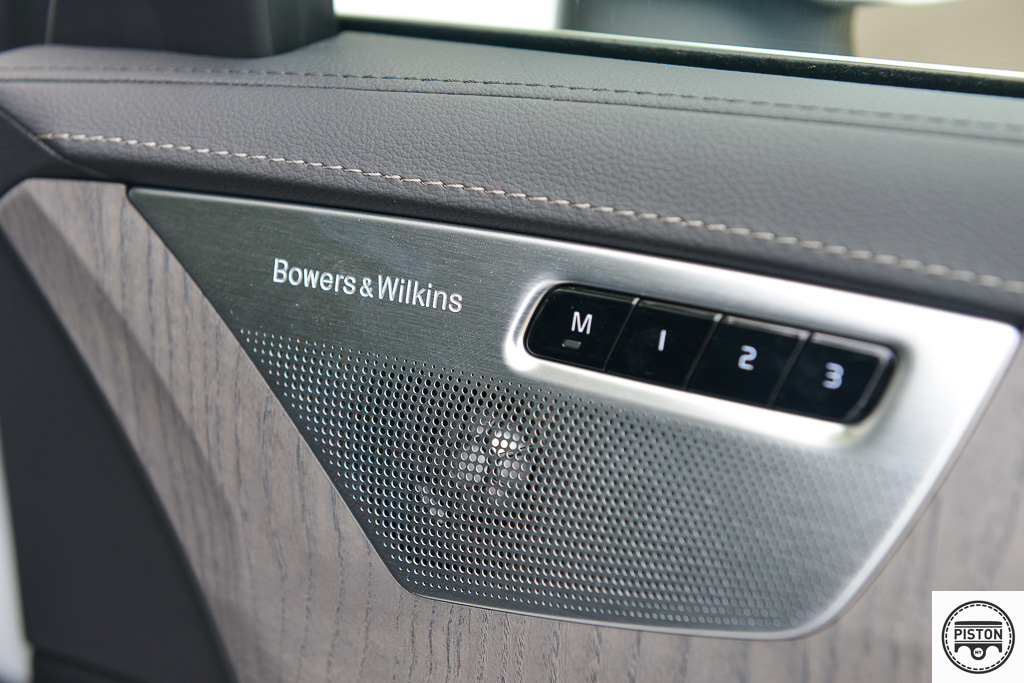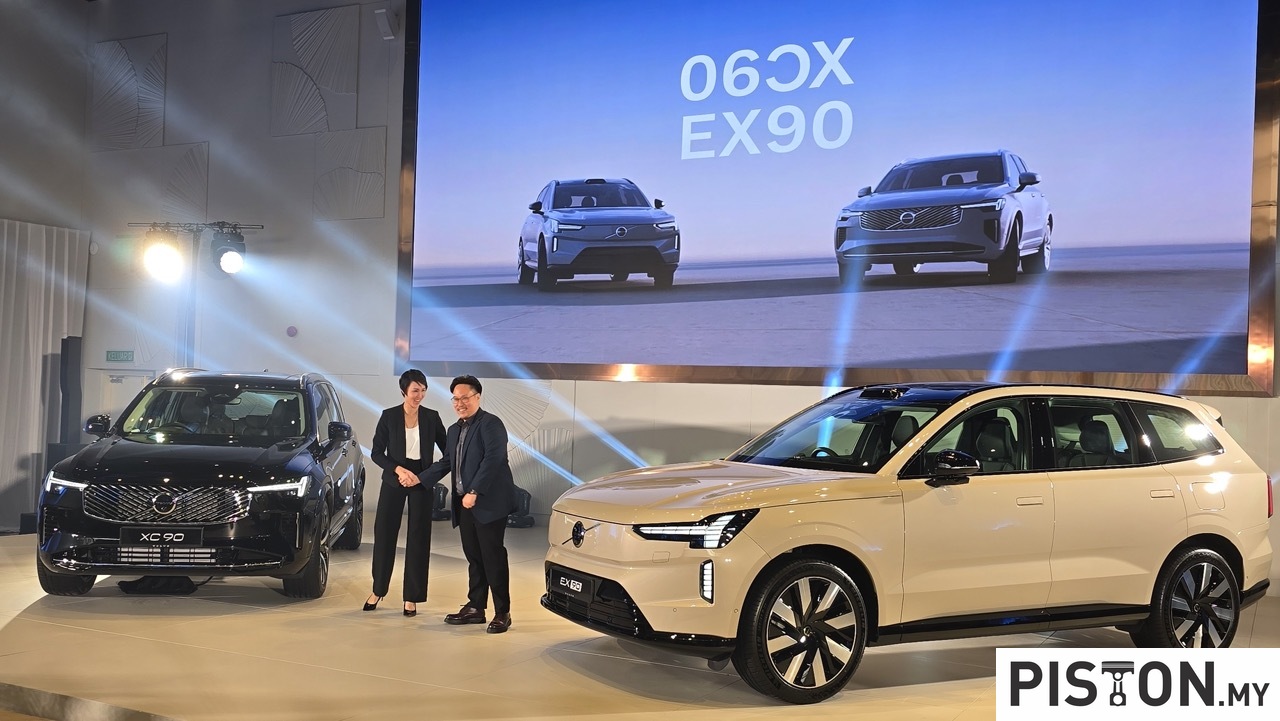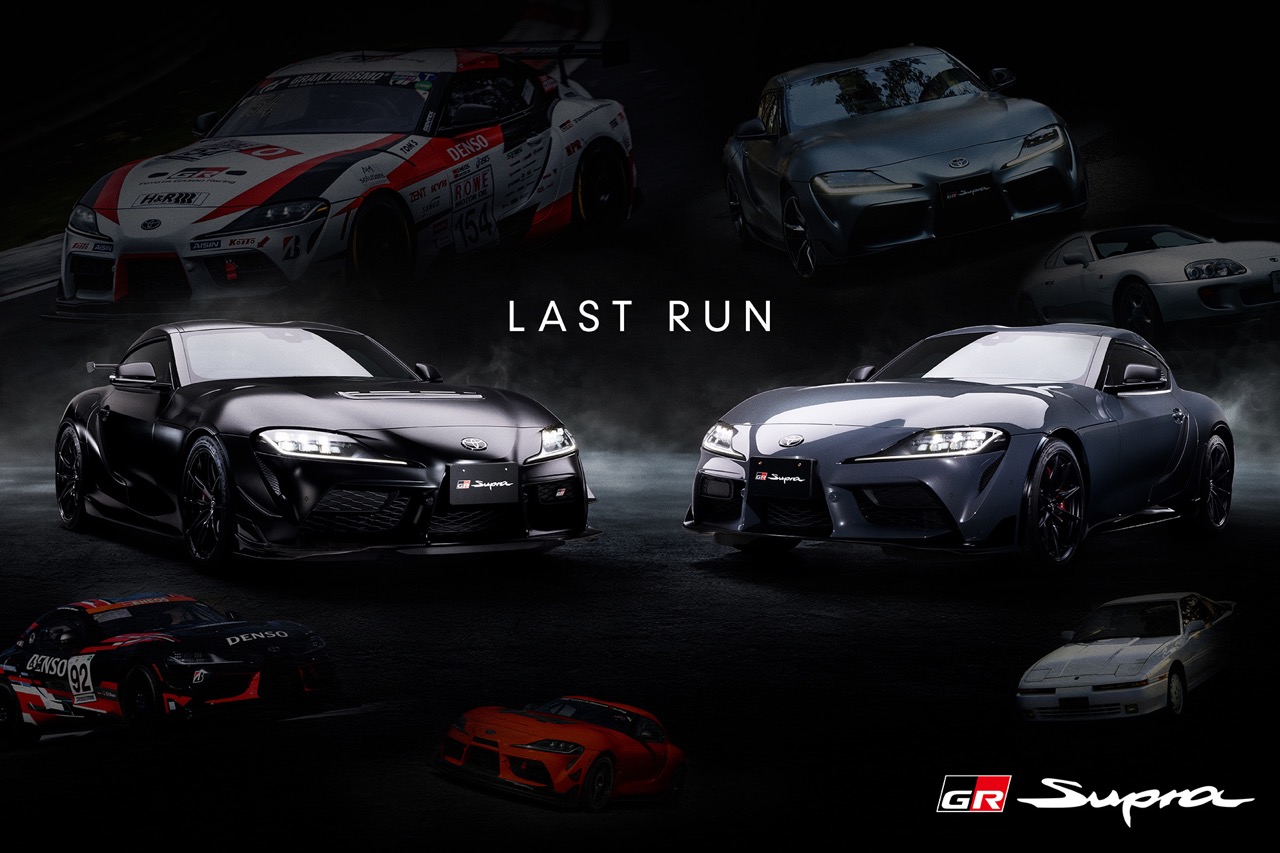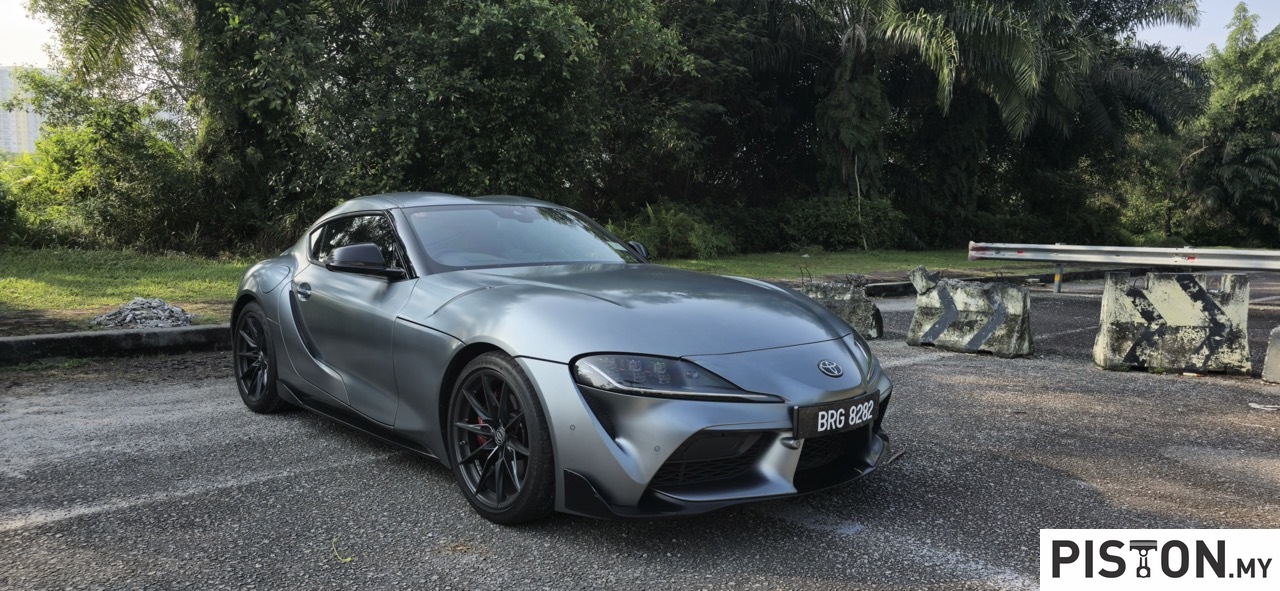The transition to electrified vehicles has been taking place across the auto industry since this century began although for the premium and luxury brands, it may appear slower. Perhaps these brands in the upper stratosphere of the market want to make sure that when they do go all the way to fully electrically powered cars, their customers will still enjoy the same comforts and performance.
Lexus, Toyota premium luxury brand, has been working towards this to ensure that the ‘Lexus Driving Signature’ will be present in future hybrid and battery electric vehicles (BEVs). While it obviously shares resources with Toyota, it also has its own technological advancements and one of them now being revealed is DIRECT4, which will be a core Lexus Electrified technology.
DIRECT4 is a new system which can provide instant electric control to all four wheels to transform dynamic performance, working instantaneously according to driving conditions and driver intentions It is said to also give greater design freedom to reimagine Lexus’ signature design.
First glimpse of new BEV design concept
At the 2019 Tokyo Motorshow, to illustrate its new global electrification strategy, Lexus displayed the futuristic LF-30 concept car (pictured below). The new strategy, called ‘Lexus Electrified’ targets a fundamental leap in vehicle performance, handling, control and driver enjoyment.
Lexus Electrified technology supports this vision with DIRECT4 for its next generation of battery electric and hybrid electric vehicles. DIRECT4 precisely controls the delivery of drive torque from front and rear electric motors and braking force to all four wheels. By automatically adjusting the balance of front and rear-wheel drive, the system adapts the driving conditions to the driver’s intentions, changing the driving feel and giving the car the best driving posture.
The system uses a front and rear e-axle, each featuring a high-torque electric motor and transaxle, focusing on optimum drive force distribution. As the motor is directly connected to the wheels by a single driveshaft, it operates without delay.
Its operation is intuitive and highly responsive, giving the driver a genuine sense of being fully connected with the vehicle. Moreover, it provides an ideal balance of predictability and excitement, with powerful, linear acceleration and exhilarating cornering. At the same time, the system is engineered for quietness and comfort, which will always be expected by those who travel in a Lexus.
Supporting the Lexus Driving Signature
In developing DIRECT4, Lexus has been able to draw on its experience in electrified vehicle technologies. This expertise supports the development of ‘Lexus Driving Signature’ that will define the dynamic performance of Lexus’ next-generation vehicles.
According to Chief Designer Koichi Suga, electrification technologies will impact on vehicle design as well as performance, for example with no requirement to provide front cooling for an engine and radiator. This will present new opportunities to express technological advances in the car’s 3-dimensional form.




